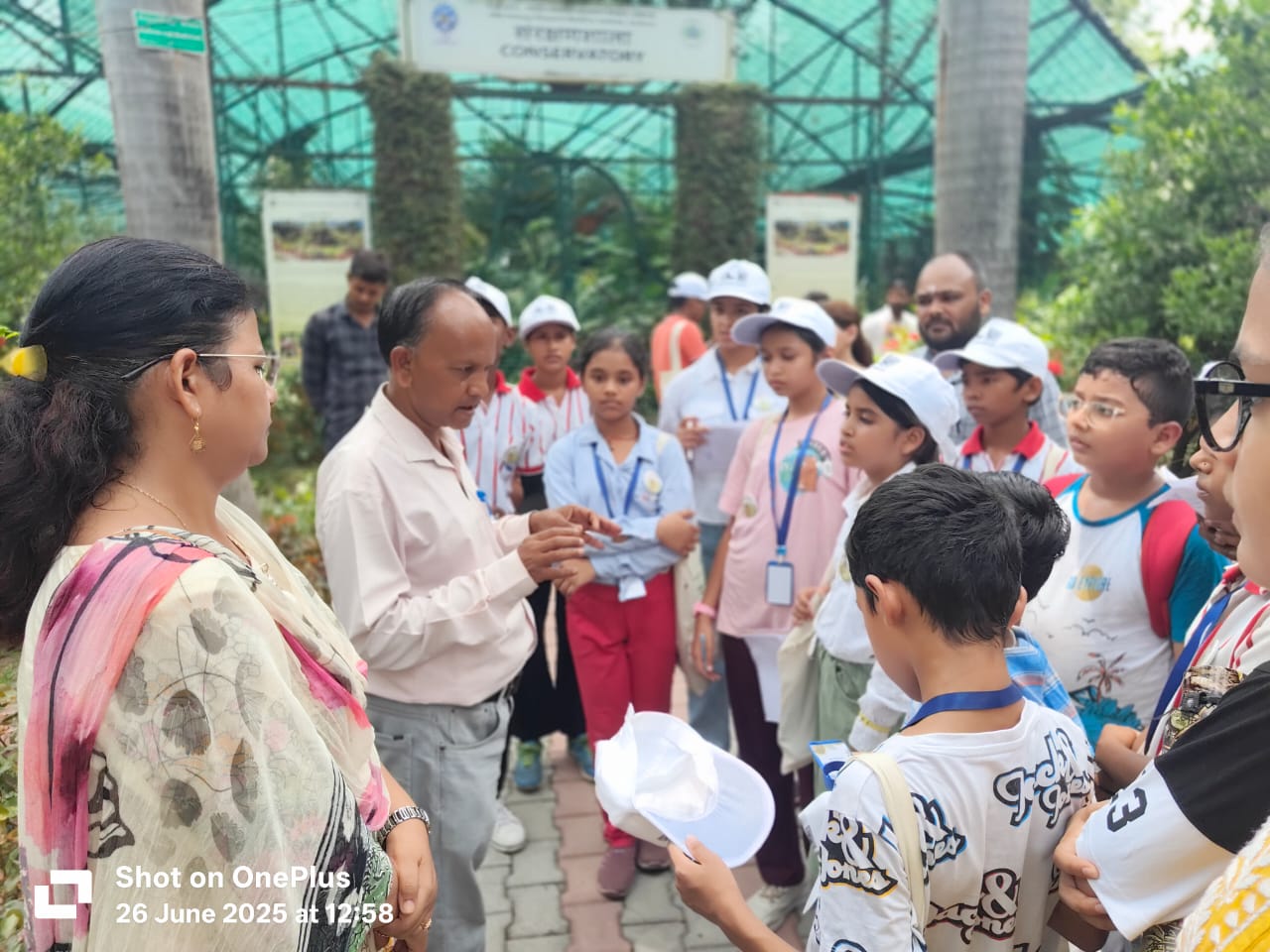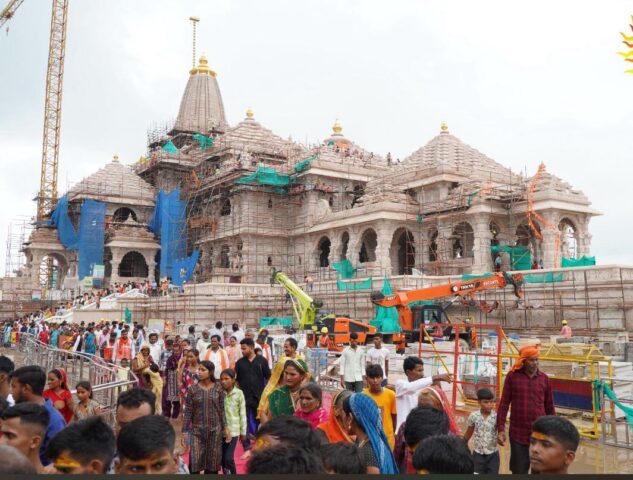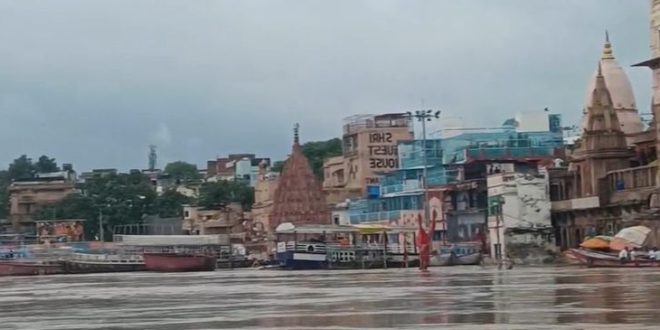Lucknow — Under the inspiration of Minister of Culture and Tourism, Government of Uttar Pradesh, Jaiveer Singh, and the guidance of the Principal Secretary, Department of Culture and Tourism, a Junior Conservationist Nature Camp is being organized by the State Museum, Lucknow in collaboration with the Department of Culture, Government of Uttar Pradesh and the Turtle Survival Alliance Foundation, India.
As part of the nature camp, participants were taken on an educational tour of the National Botanical Research Institute (NBRI), Lucknow on June 26, 2025. The visit aimed to raise awareness among young conservationists about biodiversity, plant science, and innovative techniques in ecological restoration.
During the visit, Dr. Preeti Umrao, Senior Associate at Jigyasa Lab, presented a short film highlighting the institute’s latest research initiatives and significant scientific breakthroughs. She explained how the Miyawaki method—a Japanese technique for creating dense, fast-growing forests—is being used to develop artificial forests on barren lands in regions like Kukrail, Banthra, Babasaheb Bhimrao Ambedkar University (BBAU), and Aliganj in Lucknow, as part of the state’s green development mission.

Dr. Umrao also elaborated on the distinction between herbal and natural products, stating that herbal products involve the use of plant-based materials only, whereas natural products can include minerals and biological substances derived from nature.
A highlight of the tour was a visit to India’s largest herbarium housed at NBRI, which also includes Asia’s most extensive collection of lichens and India’s largest collection of bryophytes. The herbarium preserves over 10,000 species of angiosperms.


Dr. Vinay Sahu, Senior Technical Officer, provided in-depth knowledge on various plant groups such as angiosperms, gymnosperms, bryophytes, lichens, algae, and the classification between monocots and dicots. He also detailed the structure of plant parts including calyx, corolla, seeds, and sepals.
The visit also included an exploration of the Jurassic Gallery, where participants learned about prehistoric plant species, including rare specimens like the Brahma Kamal and Bhojpatra.
The camp continues to inspire young minds to engage in environmental conservation and botanical science, nurturing the next generation of eco-leaders.





